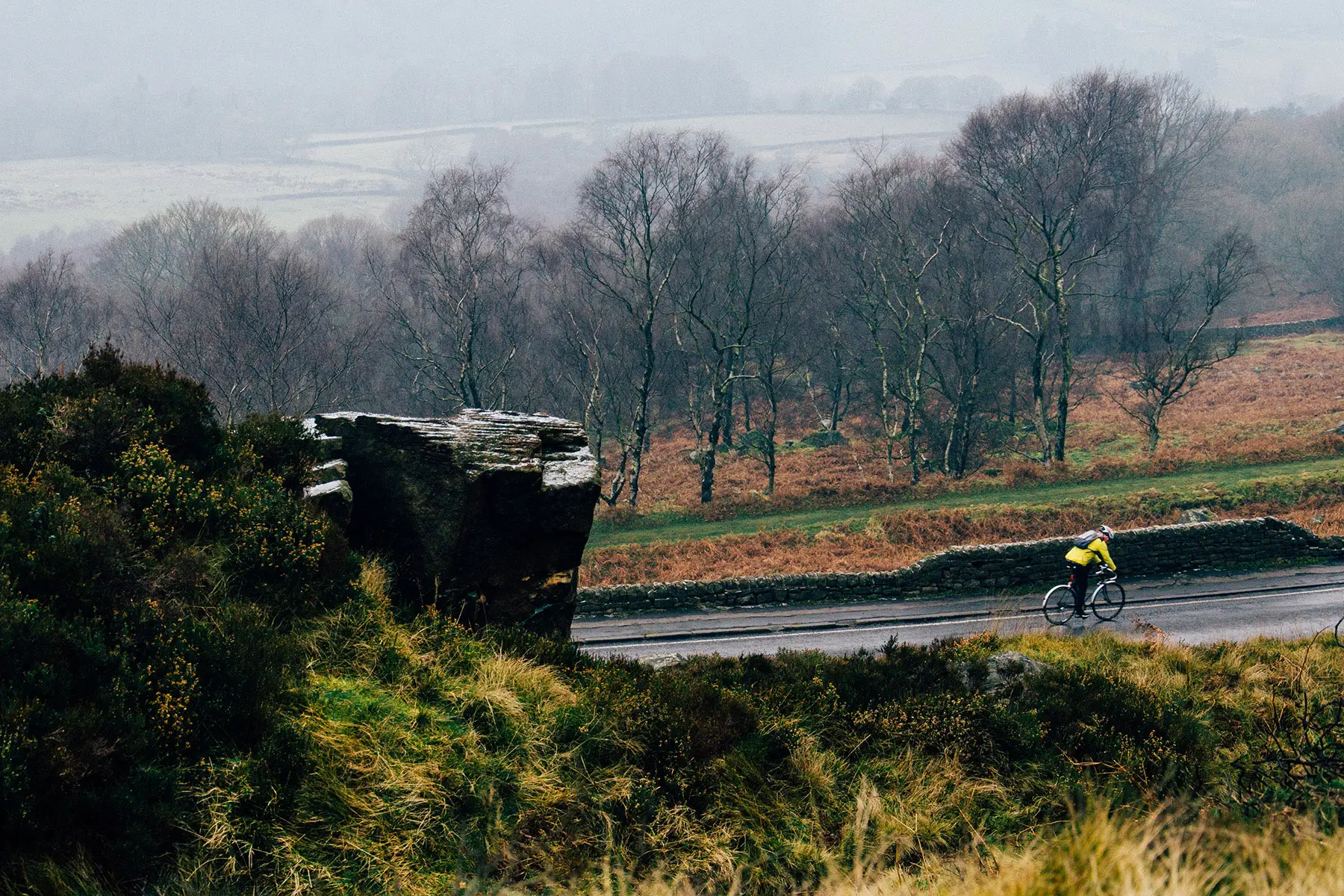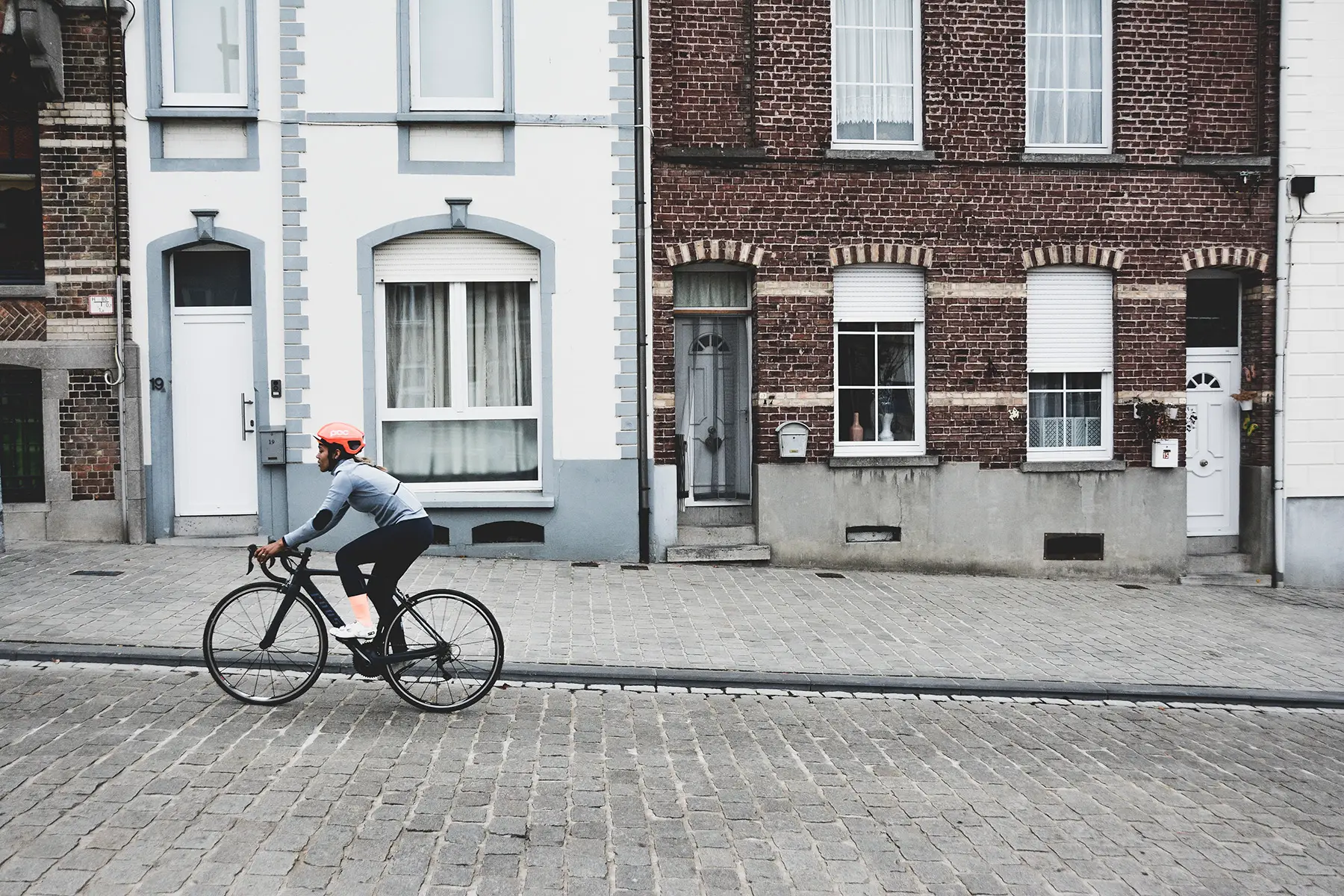World Nomads
Want to cycle around Europe? Before you head off, it’s important to make sure you have the right travel insurance to cover you along the way. World Nomads offers simple and flexible travel insurance which you can buy at home or on the road. They also offer loads of advice to help you travel more confidently. So what are you waiting for, get a quote today!
An affordable way to see the sights
Best of all, bicycle touring in Europe is affordable and rewarding. To see Europe on €30 a day, you don’t need a time machine or limit yourself to cheaper countries in eastern Europe. What you need is a bike, farmers’ markets, and campgrounds or hostels. Traveling this way, you’ll not only save money while keeping fit, but you’ll experience a quieter side of Europe that many travelers rarely see.

While bicycle touring is one of the cheapest ways to see Europe, most bikers choose to pedal for the sheer joy of it. Imagine low-gearing up a beautiful mountain road on a bike, then picture an air-conditioned Mercedes with the windows closed and the stereo on. The driver might think the cyclist is a masochistic nut, but they also might notice the biker’s smiling face — the face of a traveler who can see clearly from mountain to village and hear the birds singing, while anticipating a well-earned and glorious downhill run.
What to consider before bicycle touring in Europe
Determine if a bike is the best transportation for your trip. Define what parts of the continent you want to experience, and then ask yourself some basic questions to see whether your bicycle will be your key to freedom or an albatross around your neck. Remember that it takes an entire day to travel the same distance by bicycle that you could cover in a single hour by train. A reasonable range for a group of cyclists falls somewhere between 60 and 100 kilometers in a day, depending on everyone’s fitness level.
For example, if you have the entire summer free, you and your bike can cover a lot of ground through, say, France, Germany, the Netherlands, Switzerland, and Italy. But if you have a month or less, will you be content to focus on a single country or region? Given what you want to see in the time you have, is the slow pace of bicycling a worthwhile trade-off for the benefits? Is sustaining distance possible when the temperature is constantly over 25°C each day in the summer? And finally, do you want to spend much more of your time in rural and small-town Europe than in the major cities?
Planning your trip
There’s a multitude of great guides for bicycle touring in Europe. Pick up a few books to get some inspiration for routes and also for getting a sense of what the road conditions and laws are in various countries. Cicerone publishes cycling guides for across the continent, focussing on routes in the Loire Valley, along the Danube, or via the Camino de Santiago.
Look into other titles like Cycle Europe: 20 Tours, 12 Countries by Jerry Soverinsky; John Powell’s Cycling the Rhine Route; or Katherine Widing’s Bicycle Touring Holland with Excursions into Neighboring Belgium and Germany. For Italy, try Italy by Bike: 105 Tours from the Alps to Sicily by the Touring Club of Italy. For Britain, there’s Lands John O’Groats to End: The Official Cyclists Challenge Guide by Brian Smailes.

Invest in good maps. Michelin’s Europe and individual country maps are fine for overall planning. In Europe, use local maps for day-to-day navigation. Michelin, Touring Club Italiano, and Die Generalkarte all produce 1:200,000 maps that reveal all the quiet back roads and even the steepness of hills. Don’t be obsessed with following a pre-planned route; delightful and spontaneous side trips are part of the spirit and joy of biking.
Consider some urban cycling along the way, too. Many cities across Europe have dramatically improved road conditions for cyclists; Stockholm, Copenhagen, Berlin, Salzburg, Munich, and Bruges are all a delight on two wheels.
Preparing yourself
Take practice trips. Make sure you truly enjoy taking long rides weighted down with loaded panniers. Try some 90-kilometer rides (about five hours at 20 km/h) around home. If possible, take a weekend camping trip with everything you’ll take on your trip. Learn how to do basic repair work on a bicycle, like repairing flat tires, replacing broken spokes, and adjusting brakes. Ask your local bike shop if they offer classes on bike maintenance.
Decide whether to go solo, with a partner, or with a group. It’s possible to go it alone; you’ll probably meet fellow cyclists along the way, especially during the summertime. As a loner, you’ll go where, when, and as fast as you want. Traveling with a companion or two is more cost-effective and can be more fun, but make sure your partner’s cycling pace and temperament are compatible with yours. Organized tours, which usually have sag wagons to carry gear, average an easy 50 kilometers in a single day.

Expect rain and bring good rain gear. A Gore-Tex raincoat can double as a cool-weather windbreaker. You’ll also be exposed to plenty of sun, so plan on using lots of sunscreen. A bell is generally required by law in many European countries, so you should have one on your bike — for giving a multilingual “Hi!” to other bikers as well as a “Look out, here I come!” Even if you never ride at night, you should at least bring a strobe-type taillight for longer tunnels. Smaller Presta tire valves are standard in most of Europe; if your bike has the automotive-type Shraeder valves, take along an adapter. To guard against unsightly road rash (and worse), always wear a helmet and biking gloves.
Which bike should you use?
Bring your bike from home. It’s what you’re used to and most comfortable with, and you’ve (hopefully) already outfitted your racks and panniers. Renting or buying a new and unfamiliar bicycle might put you in some discomfort.
Cyclists debate whether to tour on a thick-tired mountain bike or a touring bike with skinnier tires. Mountain-bike tires are much more forgiving on cobblestone streets, but they are more durable than necessary for most European roads; the chunky tread design will ultimately slow you down. In addition, straight mountain-bike handlebars will limit your hand positions, increasing fatigue on long riding days. If you already have a mountain bike, go ahead and take it, but add some bolt-on handlebar extensions.
Transporting your bicycle
Airlines have different bike-checking policies, many of which charge a fee for the bike box that they provide to passengers. On the other hand, some airlines consider the bicycle to be part of their allotment of checked baggage.
Most airlines require that bikes be partially disassembled and boxed. Get a box from your local bike shop, the airline. Reinforce your box with extra cardboard, and be sure to put a plastic spacer between your front forks (any bike shop will give you one). Airlines require that pedals be taken off the bike; never leave them loose in the box. Attach them either to your rear rack or put them in one of your panniers. You can toss in your panniers, tent, and other gear for extra padding. Bring the tools you’ll need to get your bike back into riding form.
Negotiating Europe’s roads and routes by bike
Obey local traffic laws while bicycle touring in Europe. Cyclists generally follow the same rules as drivers. Some countries, such as the Netherlands, have infrastructure just for cyclists: a bike in a blue circle indicates a bike route; a bike in a red circle indicates bikes are not allowed. Be alert; if you follow the blue bike signs, these paths will get you through even some of the most complicated motorway interchanges. Beware of the silent cyclist who might be right behind you and use hand signals before stopping or turning. Stay off the motorways. Little roads are nicer for biking, anyway.

Taking your bike on a train greatly extends the reach of your trip. Every hour by rail saves a day that would have been spent in the saddle. To make sure you and your bike can travel on the same train, look for trains marked in timetables with little bicycle symbols, or ask at the station’s information window. In some countries, trains that allow bikes require advance reservations.
At the end of the day
After a long day’s ride, you’ll need a place to recharge your batteries from cycling in Europe. If you’re on a tight budget or just love the outdoors, pack light and stay in campgrounds. Otherwise, stay in a hotel, hostel, or even a homestay; it frees you from lugging around a tent, sleeping bag, and cooking equipment. European campgrounds tend to be fairly crowded; if you’re willing to sacrifice privacy in order to mix and mingle with locals, camping can add a fun dimension to your trip.
Take sensible precautions to prevent theft. Use an improved Kryptonite-style bike lock to secure your bike to something sturdy. Never leave your pump, handlebar bag, panniers, water bottle, or computer on your bike when you can’t see it. Keep your bike inside whenever possible. At hotels or hostels, ask if there is a locked bike room, and, if not, ask for a place to put your bike inside overnight. Remember that hotels and many pensions don’t really have rules against taking a bike up to your room; just do it unobtrusively.



